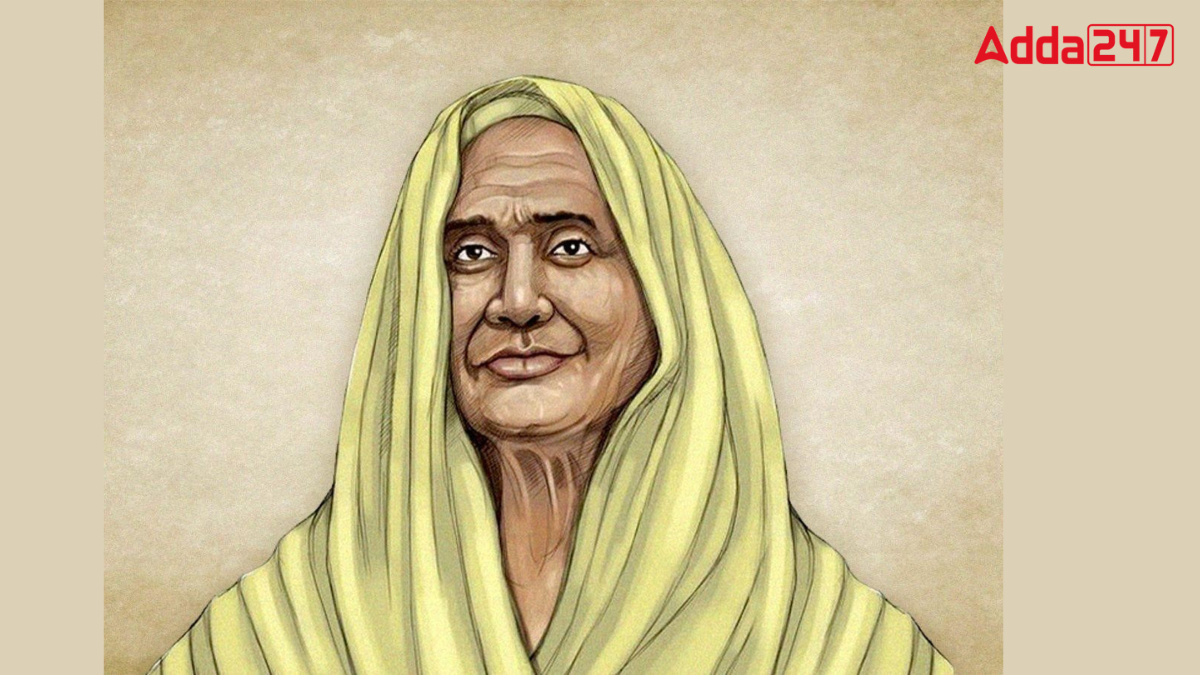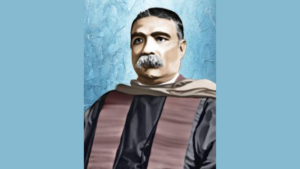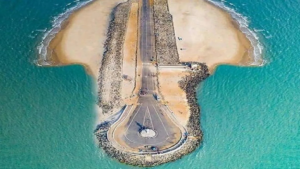India’s struggle for independence was shaped by the courage and sacrifices of countless individuals, many of whom remain less known to the world. Their determination, selflessness, and unshakable belief in freedom inspired others to join the fight against colonial rule. These unsung heroes proved that true patriotism lies in action, often risking their lives to ensure the nation could one day stand free and proud.
Who was Matangini Hazra
Matangini Hazra, lovingly called “Gandhi Buri” (old lady Gandhi), was a brave and determined freedom fighter in India’s struggle for independence. Despite coming from a small village and having little formal education, she showed great courage and dedication. Her fearless actions made her a respected leader in the fight against British rule, and her legacy continues to inspire generations.
Matangini Hazra – Early Life and Background
Matangini Hazra was born on October 19, 1869, in Hogla, a small village in the Tamluk subdivision of present-day West Bengal. Coming from a modest background, she had limited formal education, but her spirit was strong and unwavering. Her life was shaped by the hardships she faced and the burning desire to see her country free from British rule.
Entry of Matangini Hazra into the Freedom Movement
Matangini Hazra was deeply inspired by the principles of Mahatma Gandhi and the Indian National Congress. She joined the freedom movement in the early 1900s, drawn by the call for non-violent civil disobedience against British oppression. Her involvement marked the beginning of her journey as a dedicated freedom fighter, where she actively participated in protests and demonstrations.
Role in the Salt March (Dandi March)
In 1930, Matangini Hazra played a significant role in the Salt Satyagraha, also known as the Dandi March, led by Mahatma Gandhi. The protest was against the British monopoly on salt production and sales. Despite her age, Hazra marched alongside other freedom fighters, demonstrating her commitment to the cause. Her participation in the Salt March was a testament to her resolve and dedication to India’s independence.
Fearless Protestor
Matangini Hazra was known for her fearlessness and courage. She often led processions and took part in protests against the British authorities. Despite her advancing age, she remained undeterred by the risks, becoming a symbol of steadfast resolve. Her leadership during these protests inspired many others to join the movement.
The Iconic Flag March
One of the most iconic moments in Matangini Hazra’s life occurred on September 19, 1942, during the Quit India Movement. She led a flag march in Tamluk, proudly carrying the Indian national flag despite a ban on its display by the British. Her defiance of this ban showcased her unyielding spirit and commitment to the freedom struggle.
Sacrifice for the Cause
On September 29, 1942, Matangini Hazra made the ultimate sacrifice for her country. During a peaceful protest march in Tamluk, she was shot by British police forces. Even after being mortally wounded, she continued to hold the flag and chant patriotic slogans until her last breath. Her sacrifice became a powerful symbol of resistance and determination.
Legacy and Honors
Matangini Hazra’s legacy lives on as a symbol of women’s participation in India’s independence movement. Her sacrifice and dedication have been honored in various ways, with schools, streets, and institutions across India named after her. She remains a source of inspiration for generations, reminding us of the indomitable spirit that fueled India’s fight for freedom.



 Where is the Headquarter of Asian-Pacifi...
Where is the Headquarter of Asian-Pacifi...
 Who is Known as Bengal Kesari? Know the ...
Who is Known as Bengal Kesari? Know the ...
 Which is the Last Road of India? Know Ab...
Which is the Last Road of India? Know Ab...

